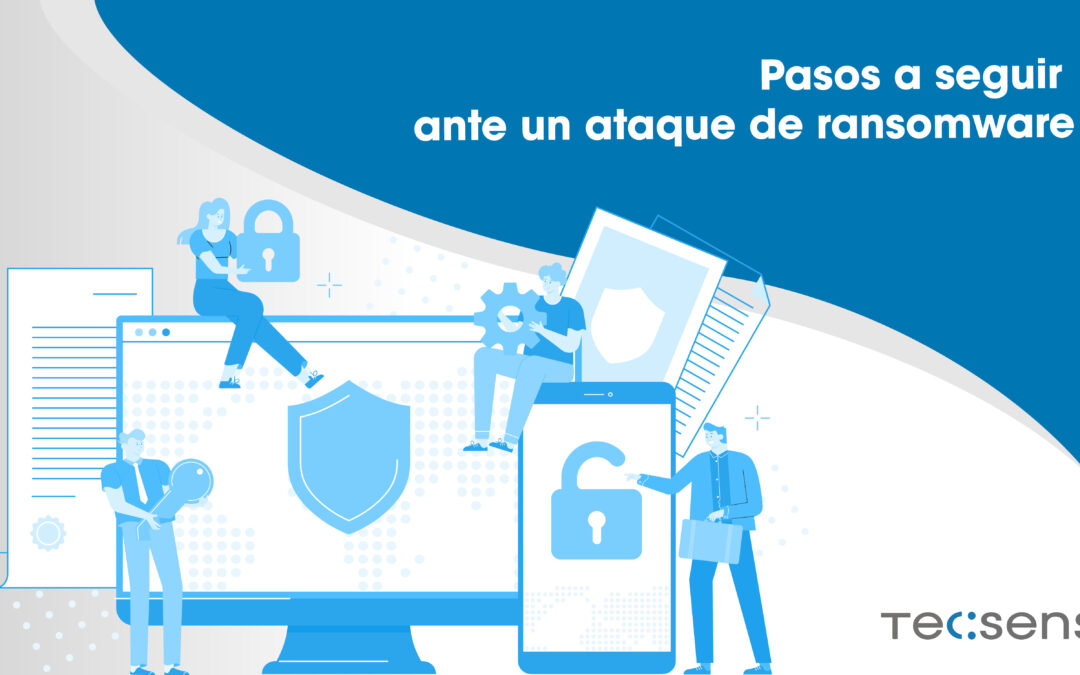Ransomware attacks continue to be a significant threat today and have evolved in terms of sophistication and scope. In response to this growing threat, organizations are strengthening their security measures, implementing advanced detection and response solutions, performing frequent backups, and educating their employees on cybersecurity best practices. Collaboration between governments, law enforcement agencies and security companies is also crucial to combat these attacks and bring the perpetrators to justice. We tell you the most important steps to follow in the face of a ransomware attack.
8 steps to follow in the face of a ransomware attack
Recovering from a ransomware attack can be a complicated process, but here are some important steps you can take:
1. Isolates the infection
It is important to quickly identify and isolate infected devices to prevent ransomware from spreading to other systems on the network. Disconnect infected devices from the network and shut down affected servers. It is also important to identify the type of ransomware used to better understand its characteristics and possible solutions.
2.Stop the attack
If possible, identify the source of the attack and take steps to stop it. This may include blocking suspicious IP addresses, closing vulnerable ports, or disabling compromised services.
3.Notifies authorities and affected parties
Inform the competent authorities, such as law enforcement and cybersecurity agencies, about the attack. You should also notify affected internal and external parties, such as employees, customers, and business partners, so that they are aware of the situation.
4.Assess the extent of the damage
Determines which systems and files were affected by the attack. This will help you understand the magnitude and prioritize recovery efforts. It is important to have a regular and secure backup plan in place to facilitate recovery.
5.Remove ransomware
Use antivirus solutions and malware removal tools to clean infected systems. Make sure that all variants of the ransomware have been completely removed before proceeding to the next stage.
6.Restore from backups
If you have regular, secure backups, you can restore affected systems and files from those restore points. Make sure backups are not compromised and verify their integrity before restoring.
7.Strengthen security
Improve the security measures of your infrastructure to prevent future attacks. This can include implementing firewalls, intrusion detection systems, up-to-date antivirus solutions, and stricter security policies.
8. Train employees
Cybersecurity education and awareness are critical. Train your employees on how to identify phishing emails, avoid clicking on suspicious links, or downloading unverified attachments. Encourages safe online practices and promotes a culture of safety throughout the organization.




